Leveraging Image Optimization for Improved Indexability


In the digital age, where content is king, the importance of image optimization cannot be overstated. As search engines continuously strive to provide the most relevant and informative results, the ability to effectively index and rank visual content has become a crucial aspect of any successful online marketing strategy. By optimizing your images for improved indexability, you can enhance your website's visibility, drive more targeted traffic, and ultimately, boost your overall digital presence.
The Rise of Visual Content and the Need for Optimization
In recent years, the internet has experienced a significant shift towards visual-centric content. Social media platforms, image-sharing websites, and interactive visual experiences have become integral parts of the digital landscape. This trend is driven by the human brain's natural inclination towards visual information, which is processed up to 60,000 times faster than text.
As a result, search engines have adapted their algorithms to prioritize and index visual content more effectively. By optimizing your images, you can ensure that they are easily discovered, accurately understood, and effectively leveraged by search engines to improve your website's rankings and overall discoverability.
Understanding Image Indexability and Its Impact
Image indexability refers to the process by which search engines identify, categorize, and incorporate visual content into their search results. This process involves several key factors, including:
1. Image Metadata
The metadata associated with your images, such as file names, alt text, captions, and descriptions, plays a crucial role in how search engines understand and index your visual content. Properly structuring and optimizing this metadata can significantly enhance the indexability of your images.
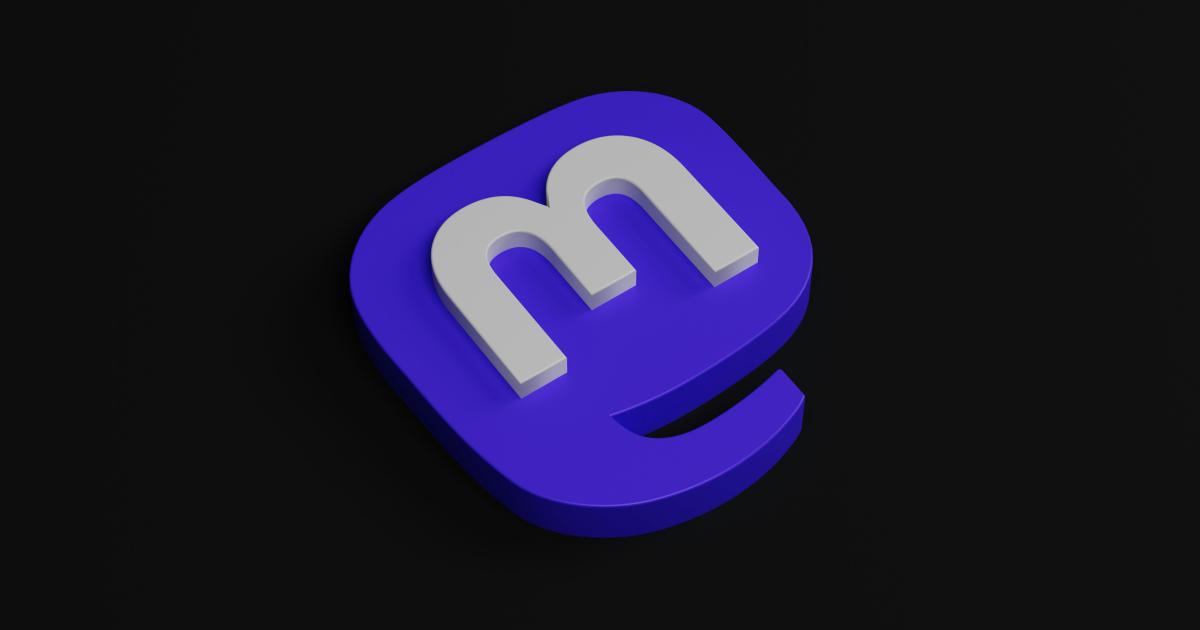
2. Image File Optimization
The technical aspects of your image files, including file size, format, and compression, can impact the speed and efficiency with which search engines can crawl, process, and index your visual content. Optimizing these elements can improve your website's overall performance and search engine visibility.
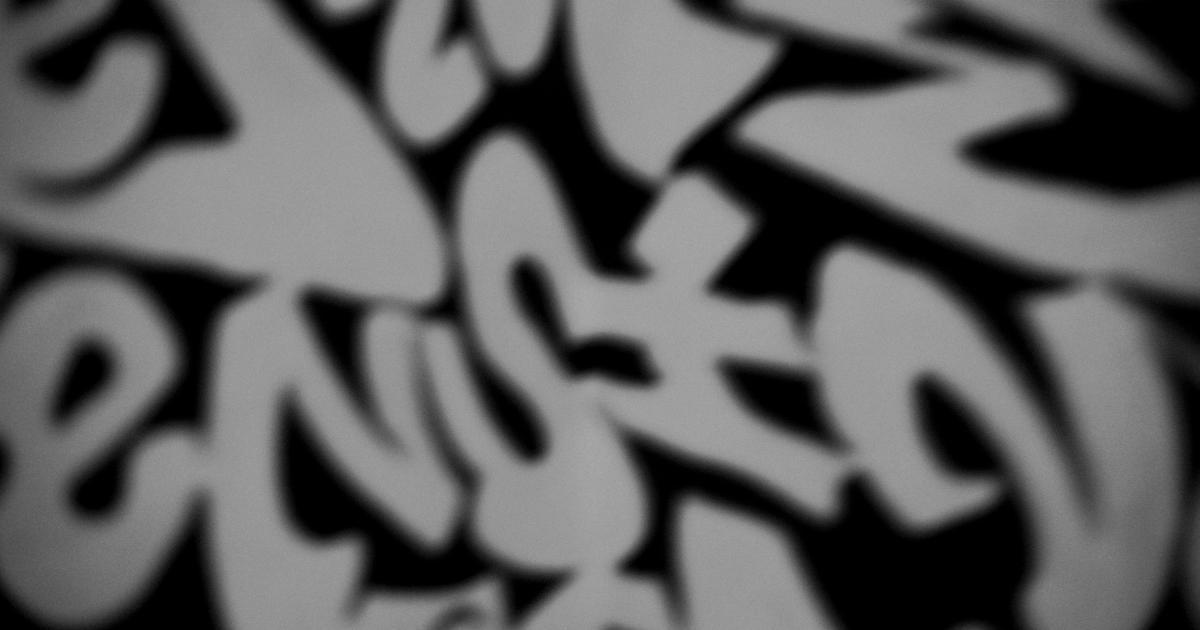
3. Image Contextual Relevance
The way in which your images are integrated into the overall content of your website can also influence their indexability. Ensuring that your visual assets are directly relevant to the text, topics, and keywords on your pages can help search engines better understand and effectively index your images.

By addressing these key factors, you can significantly improve the indexability of your images, ultimately leading to increased visibility, traffic, and engagement for your website.
Strategies for Optimizing Image Indexability
To effectively leverage image optimization for improved indexability, consider implementing the following strategies:
1. Descriptive File Naming
The file names of your images play a crucial role in how search engines interpret and index your visual content. Avoid using generic, uninformative file names like "IMG_1234.jpg" and instead, opt for descriptive, keyword-rich file names that accurately reflect the content of the image. For example, "green-apple-fresh-fruit.jpg" is more informative and SEO-friendly than "image123.jpg".
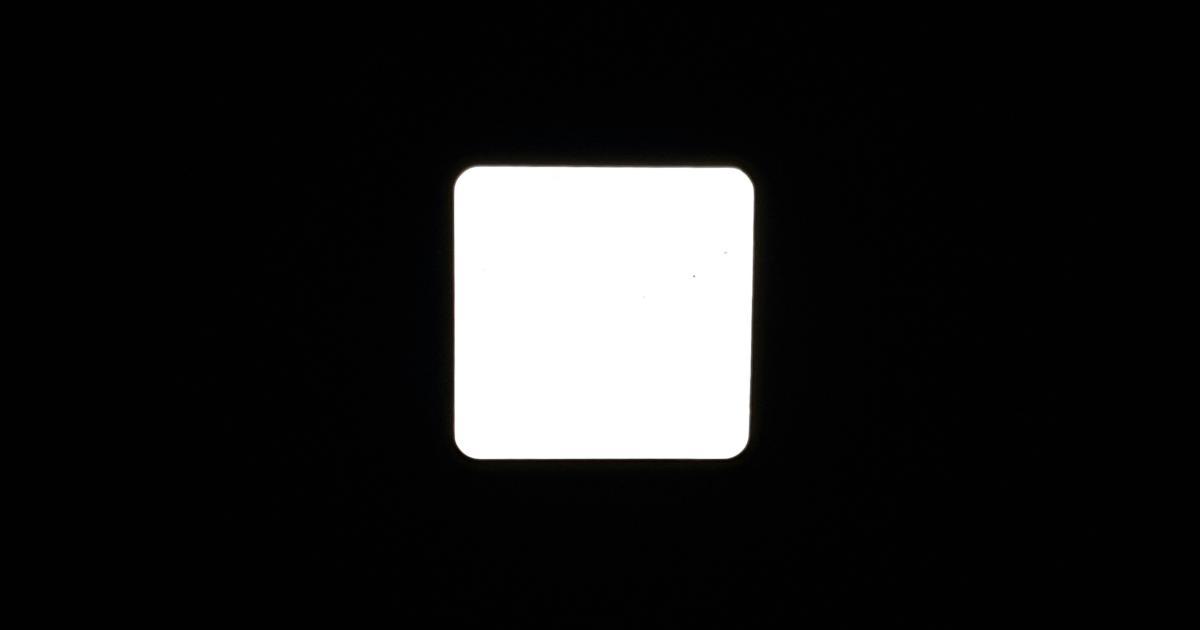
2. Optimized Alt Text
Alt text, or alternative text, is a crucial element of image optimization that provides search engines with a textual description of the visual content. Crafting concise, yet informative alt text that includes relevant keywords can significantly enhance the indexability of your images. Avoid generic alt text like "image" or "picture" and instead, focus on accurately describing the visual elements of the image.
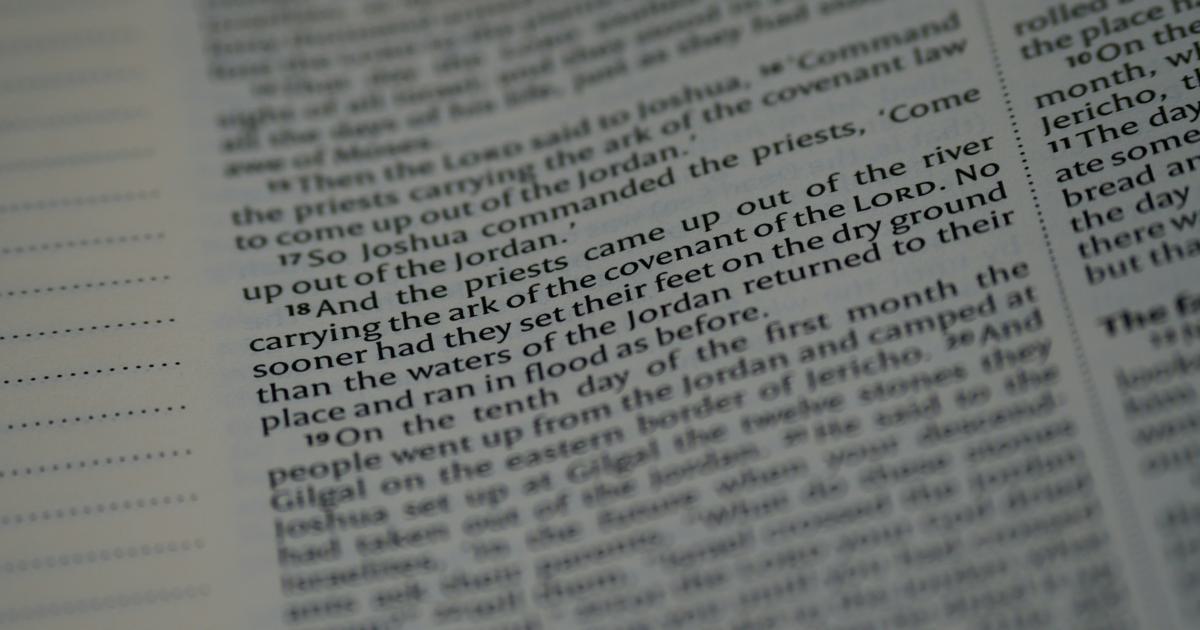
3. Compelling Image Captions
In addition to file names and alt text, image captions can also contribute to the indexability of your visual content. Captions provide additional context and can help search engines better understand the relevance and meaning of your images. Ensure that your captions are informative, engaging, and aligned with the overall content of your page.

4. Structured Data Markup
Leverage structured data markup, such as Schema.org's ImageObject schema, to provide search engines with more detailed information about your images. This includes attributes like the image's title, description, and URL, as well as its relationship to the surrounding content. By incorporating this structured data, you can help search engines better understand and index your visual assets.

5. Contextual Relevance
Ensure that your images are closely aligned with the textual content on your web pages. This includes using images that directly illustrate or support the topics and keywords discussed in the surrounding text. By maintaining a strong contextual relevance between your images and content, you can enhance the overall indexability of your visual assets.

6. Image Sitemaps
Creating and submitting an image sitemap to search engines can help improve the discoverability and indexability of your visual content. An image sitemap provides search engines with a structured list of all the images on your website, along with their associated metadata, such as file names, alt text, and captions. This helps ensure that search engines can efficiently discover and index your visual assets.
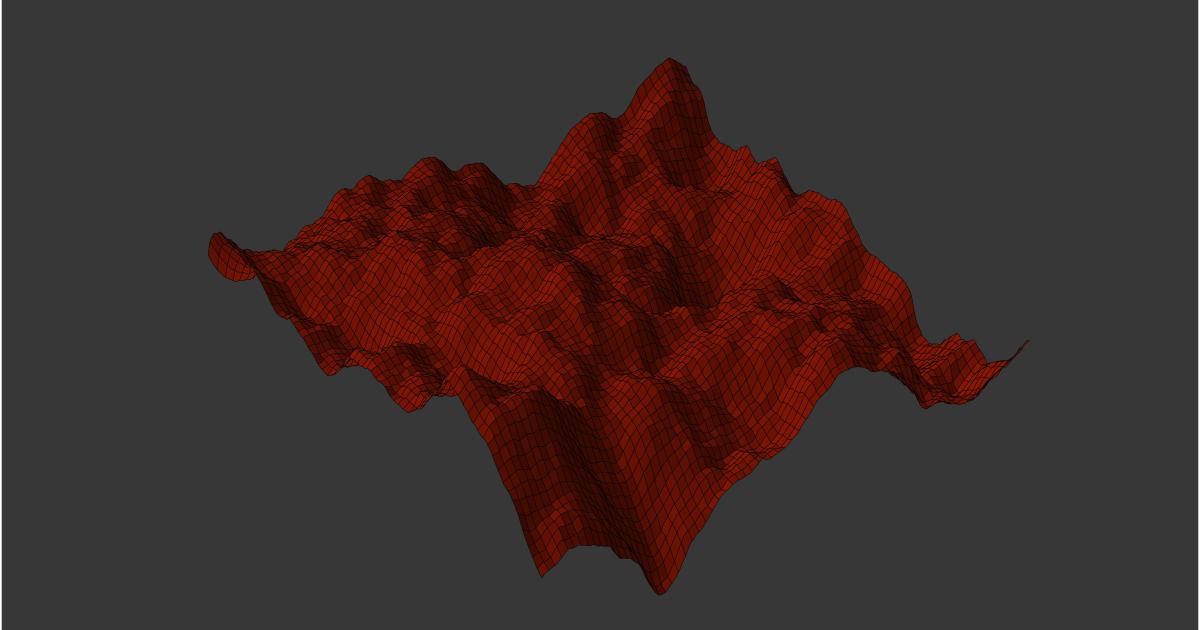
7. Optimized File Formats and Compression
The technical aspects of your image files, such as file format and compression, can also impact their indexability. Choosing the appropriate file format (e.g., JPEG, PNG, WebP) and ensuring optimal compression can improve page load times, which is a crucial factor in search engine indexing and ranking. By balancing image quality and file size, you can create visually appealing and easily indexable images.
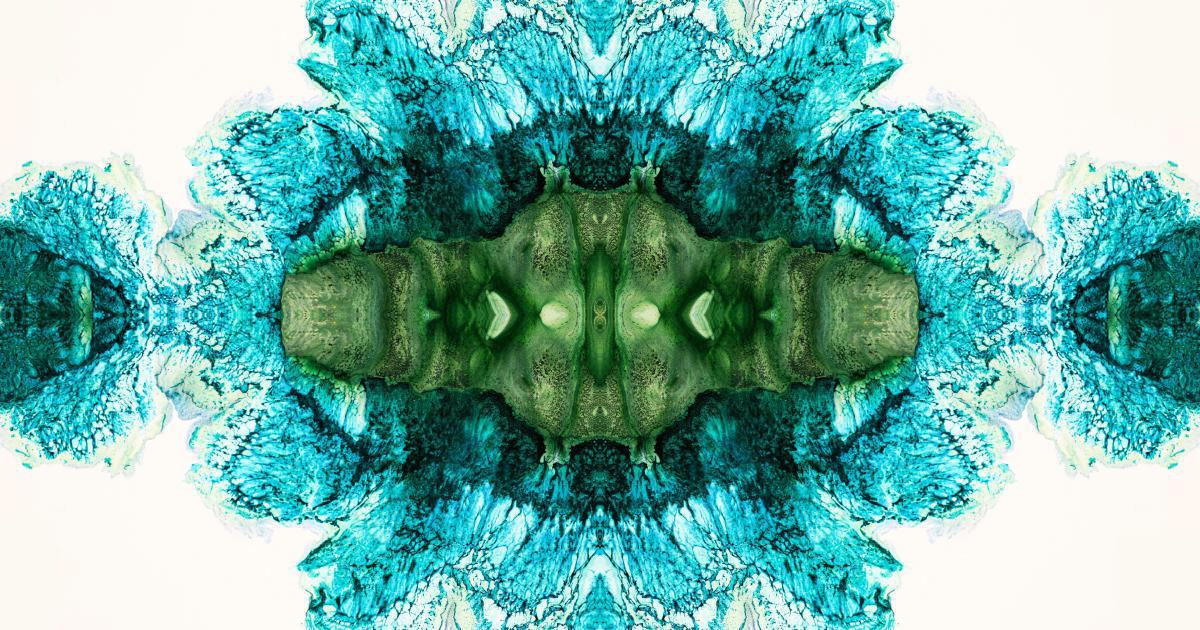
8. Responsive and Adaptive Images
As the internet continues to evolve, with an increasing number of users accessing content on mobile devices, it's essential to ensure that your images are responsive and adaptable to different screen sizes and resolutions. By implementing techniques like responsive image design and serving appropriately sized images based on the user's device, you can improve the overall user experience and enhance the indexability of your visual content.

Measuring and Monitoring Image Indexability
To ensure the ongoing success of your image optimization efforts, it's essential to regularly measure and monitor the indexability of your visual content. This can be achieved through the following methods:
1. Search Engine Visibility Tracking
Utilize search engine tools, such as Google Search Console, to track the visibility and performance of your images in search results. This includes monitoring metrics like impressions, clicks, and average position, which can provide valuable insights into the effectiveness of your optimization strategies.

2. Image Indexing Analysis
Regularly analyze the indexing status of your images by conducting site-specific searches on search engines. This can help you identify any issues or gaps in the indexability of your visual content, allowing you to take corrective actions as needed.
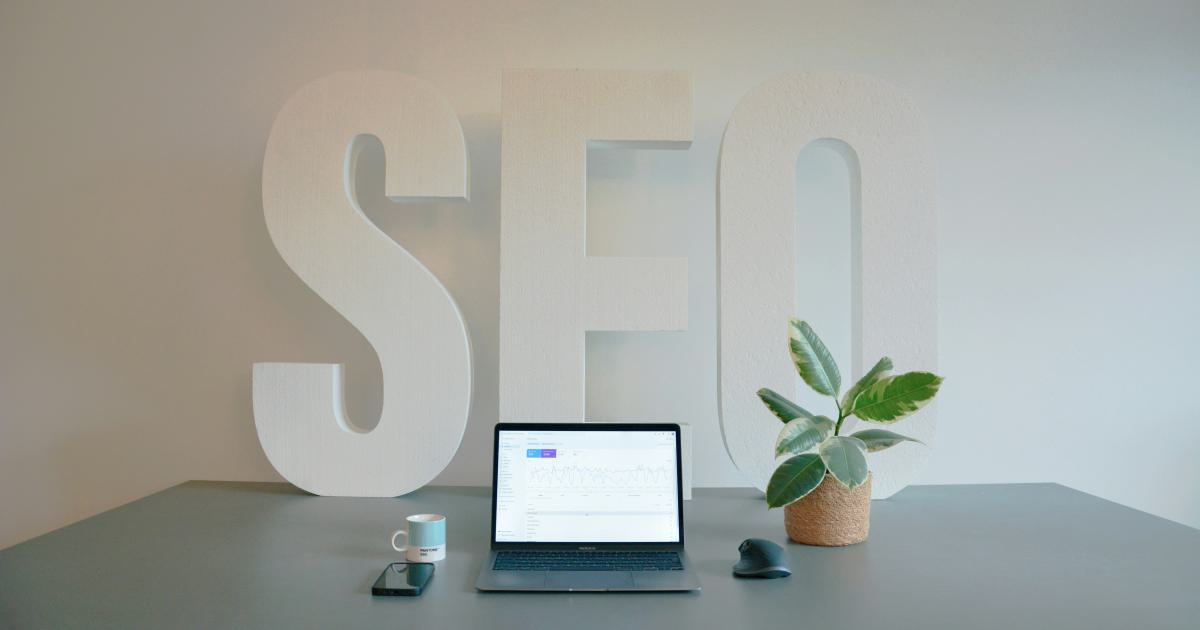
3. User Engagement Metrics
Monitor user engagement metrics, such as bounce rates, time on page, and conversions, to assess the impact of your image optimization efforts on the overall user experience and website performance. Improved indexability can lead to increased traffic and engagement, which can be measured through these metrics.
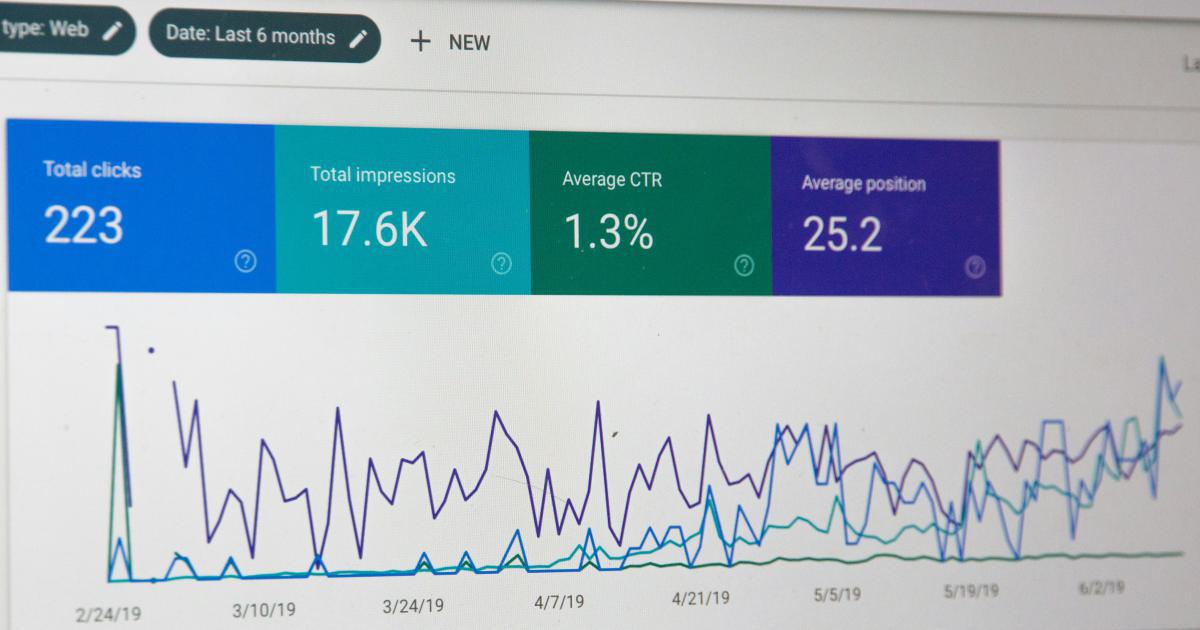
4. Competitive Analysis
Regularly analyze the image optimization strategies and indexability of your competitors. This can provide valuable insights into industry best practices and help you identify areas where you can improve your own visual content optimization efforts.

By consistently monitoring and measuring the indexability of your images, you can continuously refine your optimization strategies, adapt to changes in search engine algorithms, and ensure that your visual content remains highly visible and effectively indexed.
Conclusion
In the ever-evolving digital landscape, image optimization for improved indexability has become a crucial component of any successful online marketing strategy. By addressing the key factors that influence image indexability, such as metadata, file optimization, and contextual relevance, you can significantly enhance the visibility and discoverability of your visual content.
Through the implementation of strategies like descriptive file naming, optimized alt text, structured data markup, and responsive image design, you can create a cohesive and highly indexed visual presence that complements your website's overall content and helps you attract more targeted traffic, improve user engagement, and ultimately, boost your online success.
Remember, the world of digital marketing is constantly changing, and staying up-to-date with the latest trends and best practices in image optimization is essential for maintaining a competitive edge. By continuously monitoring and refining your image indexability strategies, you can ensure that your visual content remains a powerful and effective tool in your digital marketing arsenal.